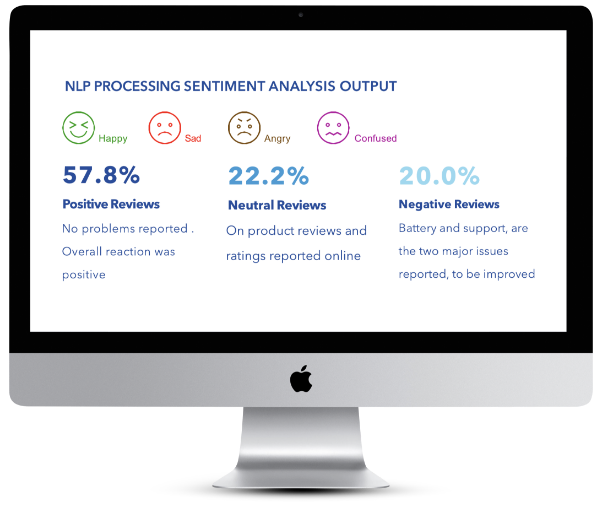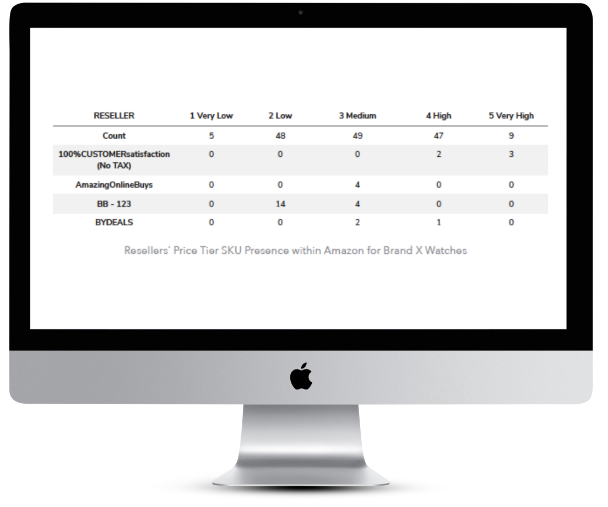The table presents the number of products (SKUs) per price tier for every major online retailer for the brand.
The majority of SKUs regarding watches lies in the medium price tier making room for either launching new higher tier
products or a liquidation campaign.
Based on the brand’s marketing strategy, the price policy could be adjusted to make the brand more competitive.
Alternatively, promos or complementary benefits could be introduced to help products become competitive even if they are on a higher price tier than their competition.







